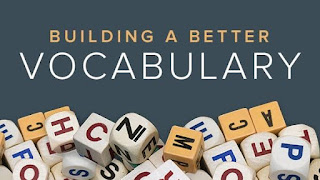VOCABULARY DEVELOPMENT ON PUBLISHING

VOCABULARY DEVELOPMENT ON PUBLISHING Words Associated With Publishing i. Publishing : This refers to the profession or business of preparing and printing books, magazines, CD-ROMS etc and selling or making them available to the public e.g. Evans Brothers is a reputable publishing company. ii. Manuscript : Copy of a book, piece of music etc before it has been printed or a very old book or document that was written by hand before printing e.g. The author has sold his manuscript to a publishing outfit. ii. Reader : a worker in a publishing house who reads a manuscript to see if it will appeal to the public. i. Author:A person who writes books or who wrote a particular book e.g. Who is your favourite author ? ii. Edition : The form or number of copies of a book, newspaper, or magazine. e.g. Sally Wehmeier is the chief editor of the seventh edition of the Oxford Advanced Learner’s Dictionary. iii. Revised Edition : A published book in which the author ...

